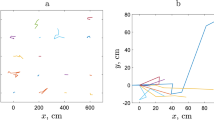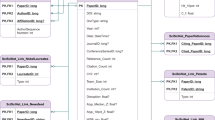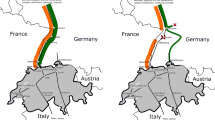Abstract
DR. LACK'S communication clarifies some important points, among them the influence of weather at the time of laying in the swift, and the earliness or lateness of the laying date, on clutch-size. But, notwithstanding the errors in the figures I extracted on clutch-size frequencies, he does not challenge my statement that the mean clutch-size in the common swift both at Oxford and in Switzerland is well below the ‘most efficient’ clutch-size, this being the size that on average has yielded the largest number of surviving young. Lack outlines three suggestions as to how this situation could be accounted for on the basis of natural selection acting at the individual level.
This is a preview of subscription content, access via your institution
Access options
Subscribe to this journal
Receive 51 print issues and online access
$199.00 per year
only $3.90 per issue
Buy this article
- Purchase on SpringerLink
- Instant access to full article PDF
Prices may be subject to local taxes which are calculated during checkout
Similar content being viewed by others
References
Lack, D., and Arn, H., Orn. Beobachter, 44, 188 (1947).
Wynne-Edwards, V. C., Animal Dispersion in Relation to Social Behaviour (Oliver and Boyd, Edinburgh and London, 1962).
Wynne-Edwards, V. C., Nature, 200, 623 (1963).
Author information
Authors and Affiliations
Rights and permissions
About this article
Cite this article
WYNNE-EDWARDS, V. Significance of Clutch-size in Swift and Grouse. Nature 203, 99 (1964). https://doi.org/10.1038/203099a0
Published:
Issue date:
DOI: https://doi.org/10.1038/203099a0



